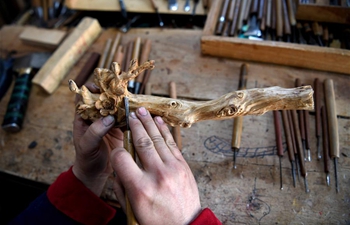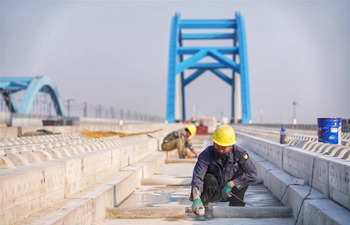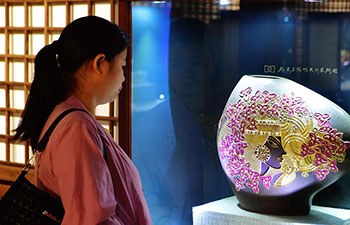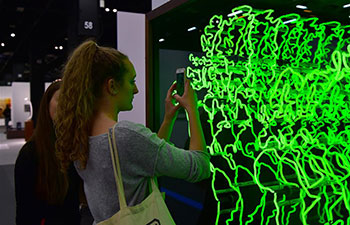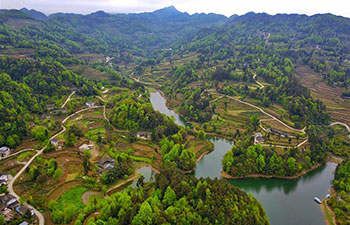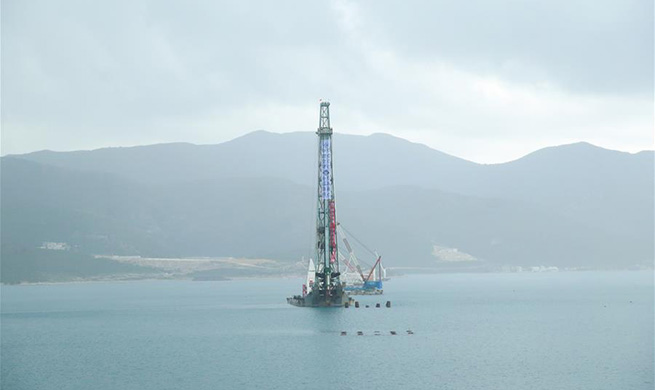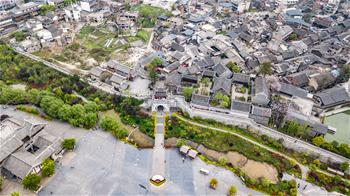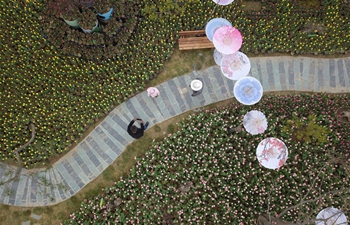ROME, April 12 (Xinhua) -- The remains of ancient Roman emperor Nero's first residence opened to the public here on Friday after 10 years of restoration work, the Coliseum Archeological Park authorities announced.
Named the Domus Transitoria (Transitional Palace), the 800-square-meter, sumptuously decorated dwelling built on Rome's Palatine Hill featured inlaid marbles in a range of colors and a profusion of frescoes across its walls and vaulted ceilings.
It burned down in the great fire of Rome in 64 AD, and afterwards, Nero ordered another, bigger and even more sumptuous palace built -- the Domus Aurea (Golden Palace).
"The Domus Transitoria, Nero's first royal palace on the Palatine, has opened to the public," the Coliseum Archeological Park announced on Twitter. "The magnificence of its decorations anticipate those of the Domus Aurea."
"This dwelling already contains the seed of everything -- almost like a technical trial of what would become the Domus Aurea," Coliseum Archeological Park Director Alfonsina Russo told reporters.
The beauty of the dwelling is accentuated by the original frescoes: they had been looted by Italian aristocrats soon after they were first discovered in the early 1700s and ended up in the collection of the Naples Archeological Museum, which has returned them to the Domus Transitoria for an extended loan.
By their stylistic mastery and the richness of the materials used, they occupy a place of extraordinary importance in the art of the Neronian age, according to the Coliseum Archeological Park.
Ancient historian Suetonius, in describing Nero's first residence on the Palatine, wrote that "everything was covered with gold, precious stones and mother-of-pearl". True enough, the paintings from the Neronian nymphaeum, inlaid with glass paste and semiprecious stones, exactly match Suetonius's words, together with the floors and walls inlaid with colored marbles, Coliseum Archeological Park authorities explained.
Russo explained on Twitter that visitors can now explore the Domus Transitoria and its successor the Domus Aurea in tours guided by archeologists in what she called a "new Neronian itinerary" enriched with special lighting to differentiate between what were indoor and outdoor areas, plus multimedia installations and 3D projections that recreate the original structure, complete with its columns, vaults, and bubbling fountains.
